-
Drone Aeromagnetic Survey
An Unmanned Aerial Vehicle (UAV) magnetics survey by Thomson Aviation on the Company’s Bell Valley Target commenced in late November. The survey utilising UAV drone technology was flown at a flight height between 30m – 35m, on 25m line spacing in an east-west direction with tie lines every 250m in a north-south direction.
-
Mag Survey Results
Results of the magnetics survey identified several magnetic and structural features demanding immediate investigation due to their geological similarity to the adjacent Copper Hill and Cadia Valley copper-gold deposits:
-
situated along strike from the copper-gold geochemical trend discovered through reprocessing of historical RAB drilling;
-
located within 400m of a shallow RC drill hole historically completed by Newcrest that intersected 30m @ 0.2g/t Au including 1m @ 1.15g/t Au & 0.28% Cu;
-
feature a significant demagnetised zone that results from (potentially mineralised) fluids exiting a magmatic source and migrating to higher crustal levels where they overprint (destroy) the existing magnetite;
-
coincide or lie adjacent to a northwest-trending structure interpreted to control emplacement of nearby mineralised granitic complexes (CHIC and LLIC);
-
several doughnut-shaped magnetic patterns thought to reflect the intrusion of porphyritic rocks.
See map (right).

UAV magnetic survey with interpreted features including structure, prospects (Lara 1 and 2, Power, Lee and Bella) and rock chip samples.
-
Field Program
In tandem with the magnetics survey, the Company implemented a campaign of field mapping and rock chip sampling across the Bell Valley target area.
The comprehensive mapping program has established the presence of dioritic host rocks which display classic porphyry-style alteration like that present at the nearby Copper Hills and Cadia deposits. The alteration includes widespread distal chlorite-epidote and locally more proximal hematite and silica. The presence of these minerals and the rock type itself is typically associated with copper-gold deposits.


